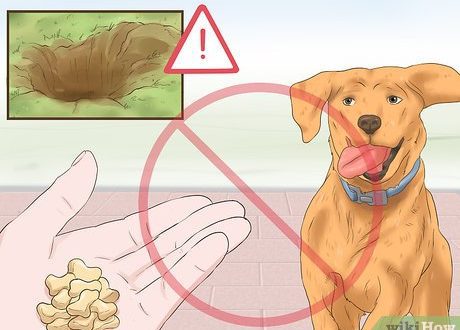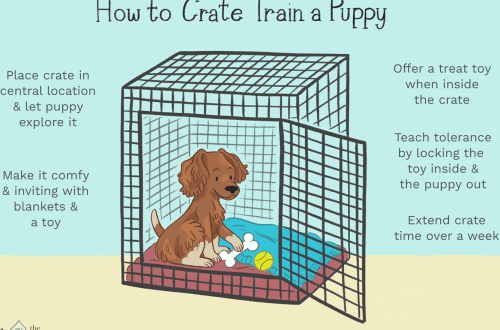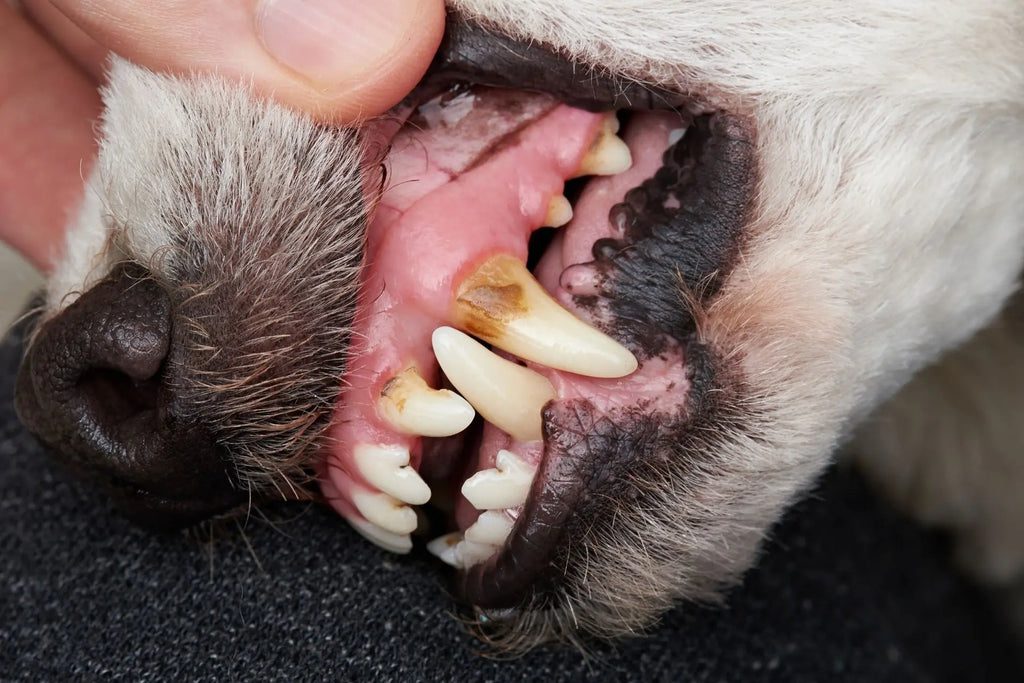
Does your dog have tartar?
«
{banner_rastyajka-1}
{banner_rastyajka-mob-1}
Although tartar in dogs is a fairly common disease today, its treatment and prevention should be taken seriously.
Owners sometimes do not attach much importance to the yellowish coating on the teeth of their favorite ponytails. But in vain! This phenomenon should not be allowed to take its course, it should not be neglected. Tartar can lead not only to loss of teeth, but also to become the beginning of other diseases, such as, for example, sepsis, gastritis, and even hepatopathy.
So, let’s figure out what kind of attack this is, tartar, what causes the disease, is it treatable?
 photo: wikipet.ru
photo: wikipet.ru
Contents
What is tartar in dogs?
First of all, these are certain lime deposits on the teeth. Finding out if your four-legged friend has such formations is simple. If the neck of the tooth has a yellow coating, the answer is yes. Initially, these deposits are rather pale and friable, then they acquire a color from light brown to black, and become dense.
The first alarm beacon for the owner is an unpleasant smell from the animal’s mouth.
{banner_rastyajka-2}
{banner_rastyajka-mob-2}
Food residues, magnesium and phosphorus salts, calcium, other elements, bacteria – this is the basis for the formation of tartar.
Among the main reasons for the formation of tartar can be the following:
Violations in the animal’s diet
Improper metabolism (salt metabolism disorders)
Invalid amount of sweets
Saliva acidity
Malocclusion
Hygiene violations
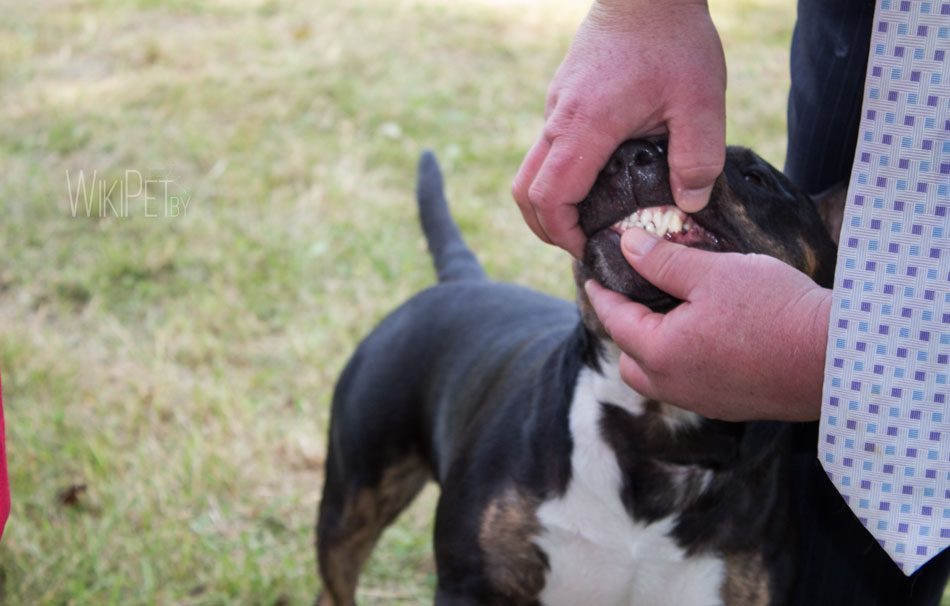 photo: wikipet.ru
photo: wikipet.ru
How to remove plaque?
Unfortunately, it is almost impossible to cope with this problem at home. Tartar is treated by veterinarians. Since with self-removal of a solid formation, you can not only injure the gums, damage the enamel, but also cause an infection. Veterinarians often face many complications in their practice due to the desire of the owners to help their pets themselves.
Here are some of them:
Chronic inflammation of the gums
Smell from the mouth
Intoxication of the body
The latter threatens with gastritis, ulcers, hepatopathy, and other diseases. And bleeding from the gums often leads to anemia.
Therefore, it is better not to engage in amateur performances, but it is better to trust professionals.
Tartar in veterinary clinics is removed using special equipment, and in complex advanced cases – under anesthesia (general). Moreover, an experienced veterinarian will remove tartar completely: both from the outside and from the inside, and also clean the subgingival areas.
Our advice: don’t experiment!
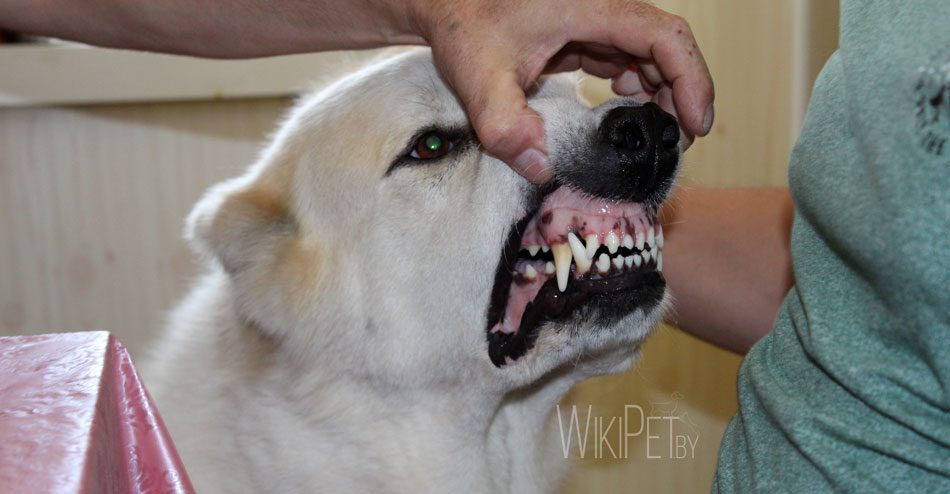 photo: wikipet.ru
photo: wikipet.ru
Prevention
But preventive procedures to prevent the occurrence of plaque must be carried out!
Brush your pet’s teeth.
To do this, of course, you will need a brush, special pastes and gels. Moreover, this manipulation is enough to carry out only 1-2 times a week. But! It is necessary to accustom to this from the first months of life.
Make sure your dog eats the right food.
It is useful for a dog to gnaw apples, carrots, cartilage, bones … Thorough chewing of food is also a good way to naturally brush your teeth.
Remember: in the dog’s diet should not be sweet!
The form of portioned feeding is also effective: eating 2 times a day is enough for an adult dog. With the “free” feeding of the dog, “bitching”, the animal’s oral cavity is clogged with food particles. And this is an ideal habitat for bacteria, which leads to the development of various diseases, including the formation of tartar.
Keep an eye on the health of your four-legged friends, pay due attention to caring for them. Remember: any disease is easier to prevent. Treatment will cost even more!
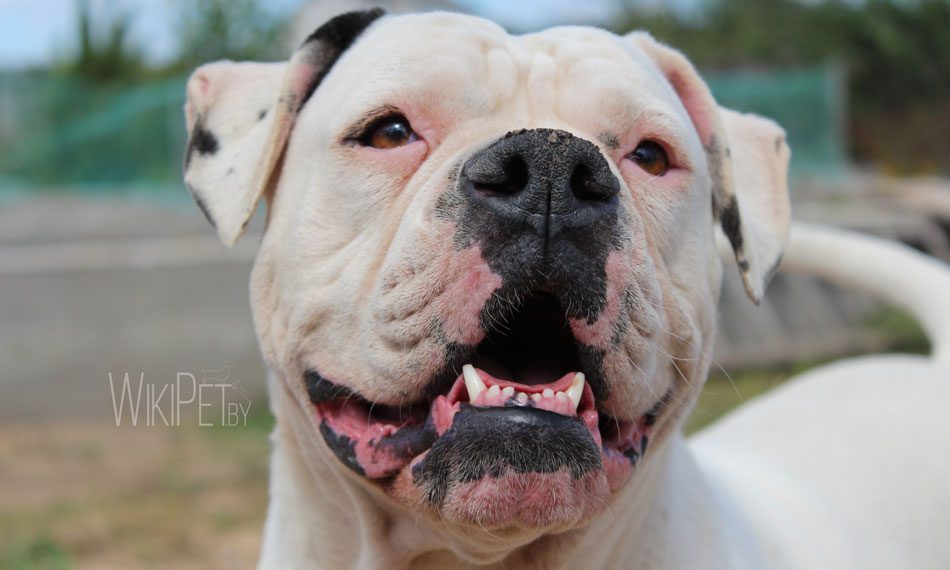 photo: wikipet.ru
photo: wikipet.ru
{banner_rastyajka-3}
{banner_rastyajka-mob-3}
«




